What Stories Do They Tell? Reflections from Women in Acute and Chronic Pain and Regional Anesthesia
A lack of gender balance and equity of opportunity can result in a variety of negative consequences and limit the potential for greatness within any organization. Gender inequality in society and medicine in particular is a long-standing and multifaceted issue where solutions often seem slow to materialize. The American Society of Regional Anesthesia and Pain Medicine is dedicated to recognizing gender-based disparities, establishing policies, committing resources, and collaborating to improve the conditions for women in the professions of acute and chronic pain and regional anesthesia. As a society, we must celebrate this commitment to promoting gender equity and diversity.
As we celebrate the “Year of Women in ASRA 2020,” we would like to take you on a journey and afford you the opportunity to reflect upon some of the personal success stories of our Trailblazer Award recipients. We aim to bring more women’s accomplishments into the light and insert more women’s voices into the discussion as we shape the future of gender equality. Beyond that, ALL women in ASRA should know that this is an organization that values your sacrifices and the professional, academic, clinical, and community contributions that you make.
Magdalena Anitescu, MD, PhD
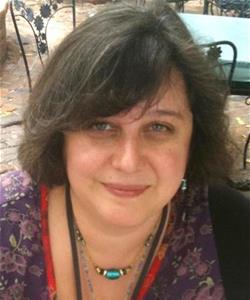
I am humbled and honored to be presented with the 2020 ASRA Trailblazer Award, which recognizes achievements of women in ASRA and our contributions to the fields of regional anesthesia and pain medicine.
Accepting it with all my heart brings beauty and happiness to not only me but to all the people who shaped my career during this time. Credited to my mother, Marieta Dumitrache, an accomplished academic ophthalmologist, I knew I would be a physician since the young age of 5. She is my forever inspiration and role model. Her lifetime dedication towards her profession, passion, and acumen is something I will carry forever and hope to pass on to my daughters and pain fellows. Her struggles in communist Romania with sudden and unexplained demotions in favor of male counterparts did not blunt her passion. It made her stronger, more dedicated, and ready to fight an uphill battle anytime for the sake of her patients, residents, and students. As she is now retired from clinical work at the age of 80, and she continues to contribute to her specialty by editing and writing ophthalmology textbooks. She never stops in her quest for growing professionally, a legacy I am hoping to continue.
Following my mother’s example and with the support of my father, Ioan Dumitrache, a professor of engineering, as well as my husband, Mihai, an academic mathematician, I chose a career in academic pain medicine. Shaping the future of our trainees, guiding young physicians, and teaching pain fellows, along with providing life lessons, I yearn to help our next generation of physicians achieve their full and true potential, thus giving back to the community.
Nobody knows what one will become when first embarking on the knowledge journey of a career in pain medicine, and neither did I. Arriving in a new country, adapting to new medical system, and starting a new specialty, all fresh after medical school while building a family without immediate parental support, seems now as far away as in a different millennium. It was through my early inspirations of anesthesiologists at University of Iowa that I understood that challenges could be overcome. Caring for a patient with 80% body burns with Dr. Deb Dehring on my second day of clinical training was a shock and an inspiration. She was fierce, knowledgeable, and decisive, as well as someone I wished to become. The true quality that inspired me during my residency was to never give up. And I never did and for that I am forever grateful for the teachings of Rita Patel and many others from the University of Pittsburgh Medical Center. Fast-forward to pain fellowship, it was through the lenses of Dr. Theresa Dews of the Cleveland Clinic that I realized the power of the female pain management physician. The compassion, strength, and dedication are some of her qualities that I observed and adopted.
The fortunate encounter with my first mentor, Dr. Richard Rosenquist, during my internship steered me towards the chronic pain realm, but the inspiration that I drew from observing these powerful women during my training shaped the idea of what I wanted to become.
When training stops, growing begins. My fortunate luck to have arrived at the job of my dreams sounds now, after 17 years at the institution, almost unreal. It was through my sisters in pain management, both within our group and nationwide: Dalia Elmofty, Lynn Kohan, May Chin, Gina Vota-Velis, Maria Torres, and many others, that I evolved and grew. Through the years, I drew inspiration from their support and example to create opportunities for young female trainees so they could have the same experience as me. I hope that female residents will continue to be drawn towards pain medicine through our support network of female pain medicine physicians.
I have had many mentors during the years, and from all I learned something that shaped my career and allowed me to grow. They are here, among us, in the extended family we all call ASRA; Dr.’s Nori Benzon, Nagy Mekhail, Samer Narouze, Leo Kapural, Osama Malak, and Salim Hayek. It is with their support and guidance, along with that of many others, that I continue to thrive.
I am blessed to have the love and support of so many people, both my real family and my professional family. One cannot grow and prosper professionally without this as we are as good as the people around us. Honored by this award, I understand that accepting it is in my name, but also on behalf of my family — my ASRA family and my University of Chicago family. I feel privileged to have so many of you as my friends. I am accepting the Trailblazer Award wholeheartedly. I thank ASRA deeply for this honor.
May L. Chin, MD
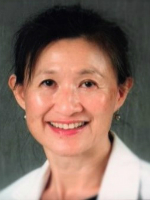 I would like to thank ASRA for the Trailblazer award. ASRA is the preeminent medical society for the subspecialty of regional anesthesia and pain, and I am truly humbled to be recognized. I am honored to be included among women whom I consider extraordinarily talented, resourceful, and accomplished. I believe many of us echo the same sentiment regarding the challenges we faced, the hard work, and the extra steps we took just “to have a seat at the table.” Along the way, the friendships built, the camaraderie, and the support among us were enriching. To be inclusive is, and should, be the norm today. Our younger generation is fortunate that this issue is recognized and brought to the forefront. Along with my Trailblazer colleagues, I would like to believe that going forward, we helped pave the way a little for women committed to science and medicine. ASRA is a large medical organization of distinction with national and international outreach. I applaud the ASRA leadership for being visionary, for being inclusive, and for recognizing accomplishments among women in medicine.
I would like to thank ASRA for the Trailblazer award. ASRA is the preeminent medical society for the subspecialty of regional anesthesia and pain, and I am truly humbled to be recognized. I am honored to be included among women whom I consider extraordinarily talented, resourceful, and accomplished. I believe many of us echo the same sentiment regarding the challenges we faced, the hard work, and the extra steps we took just “to have a seat at the table.” Along the way, the friendships built, the camaraderie, and the support among us were enriching. To be inclusive is, and should, be the norm today. Our younger generation is fortunate that this issue is recognized and brought to the forefront. Along with my Trailblazer colleagues, I would like to believe that going forward, we helped pave the way a little for women committed to science and medicine. ASRA is a large medical organization of distinction with national and international outreach. I applaud the ASRA leadership for being visionary, for being inclusive, and for recognizing accomplishments among women in medicine.
Mercedes Concepcion, MD
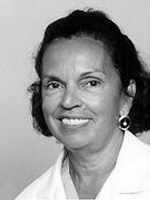 I am truly honored to be selected as one of the recipients of the ASRA Trailblazer award. I dedicated my professional career in anesthesiology to Regional Anesthesia, as I consider Regional Anesthesia to be an art and a science.
I am truly honored to be selected as one of the recipients of the ASRA Trailblazer award. I dedicated my professional career in anesthesiology to Regional Anesthesia, as I consider Regional Anesthesia to be an art and a science.
I would like to congratulate the other recipients of this award. It is an honor for me to be among this exceptional group.
Thank you again for this award. I encourage all regional anesthesiologists to continue advancing the art and science of Regional Anesthesia.
Kayser Enneking, MD
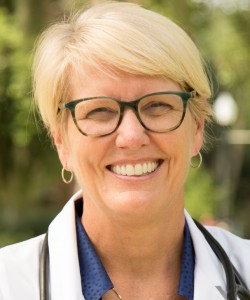 My deepest thanks to the ASRA community for honoring this group of women as Trailblazers in our field. And indeed I think it took the collective will of these women linked arm in arm not to blaze a completely new path but to open the road to those behind us. I recently read an article about the conflicts that female professionals often have with work life balance and the development of a martyr syndrome. That article took me back to my years of middle of the night pro and con lists about staying in academic medicine (medicine at all?) versus focusing more on developing my life outside of medicine. One of the things that kept me going was the kinship of this group of women. The acknowledgment of the work-life imbalance we all found ourselves in was unspoken in other our circles of life. Today this struggle is widely recognized, discussed, and worried over as it appropriately should be. As a society, we can’t afford to lose a portion of our highly educated workforce to work-life imbalance. I am grateful that the ASRA community has highlighted the work of this cadre of women physicians who collectively moved our field. It was a rough road, but I would like to think we smoothed it a bit for the next generation.
My deepest thanks to the ASRA community for honoring this group of women as Trailblazers in our field. And indeed I think it took the collective will of these women linked arm in arm not to blaze a completely new path but to open the road to those behind us. I recently read an article about the conflicts that female professionals often have with work life balance and the development of a martyr syndrome. That article took me back to my years of middle of the night pro and con lists about staying in academic medicine (medicine at all?) versus focusing more on developing my life outside of medicine. One of the things that kept me going was the kinship of this group of women. The acknowledgment of the work-life imbalance we all found ourselves in was unspoken in other our circles of life. Today this struggle is widely recognized, discussed, and worried over as it appropriately should be. As a society, we can’t afford to lose a portion of our highly educated workforce to work-life imbalance. I am grateful that the ASRA community has highlighted the work of this cadre of women physicians who collectively moved our field. It was a rough road, but I would like to think we smoothed it a bit for the next generation.
Terese Horlocker
In Gratitude for the Women Trailblazers in My Life
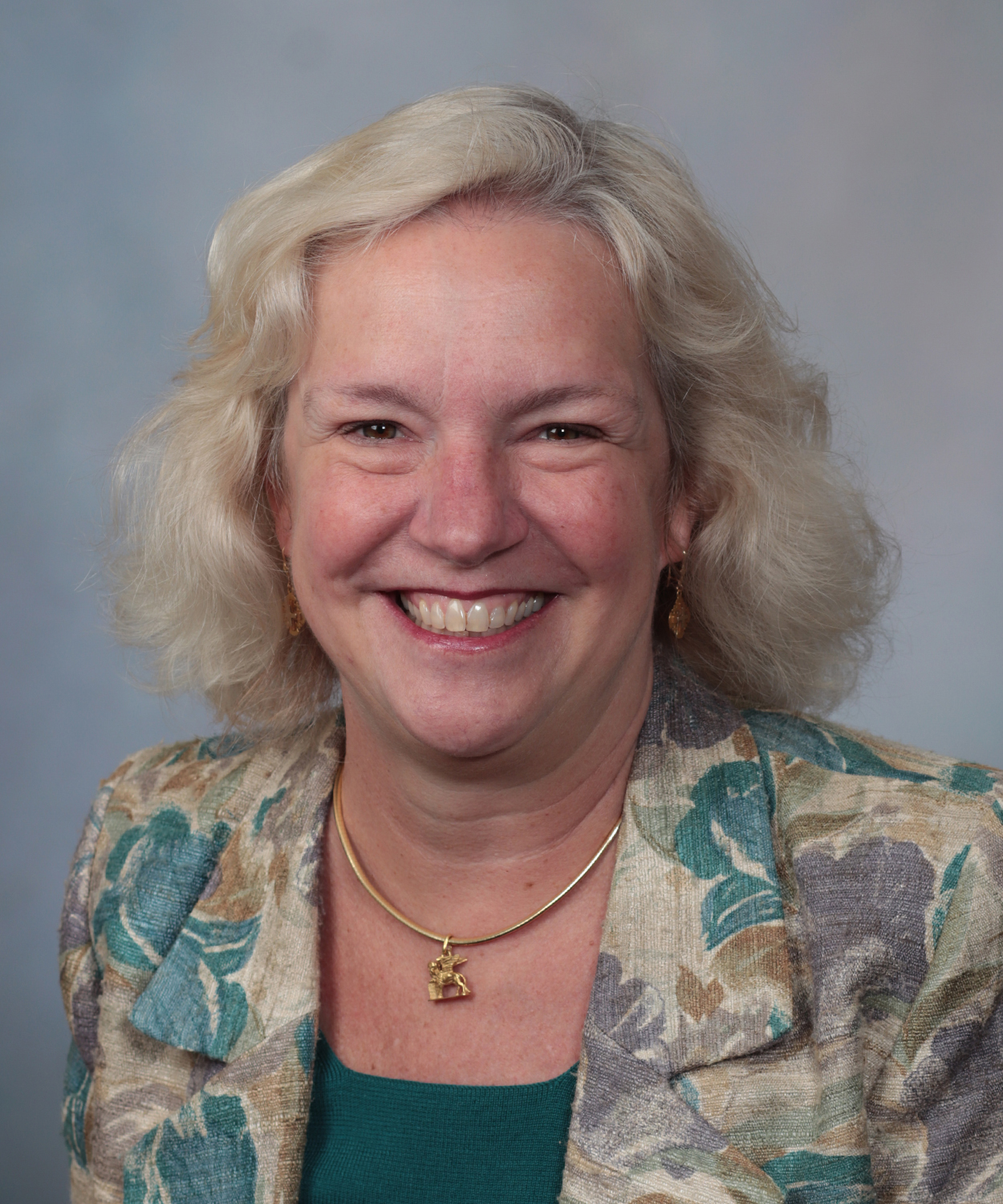 It is an honor to be selected as a recipient of the 2020 ASRA Trailblazer Award, and I humbly accept this distinction. Importantly, since this award celebrates the contributions of women in regional anesthesia and pain medicine, I would like to acknowledge five of the most important women (most of whom are ASRA members) that have set and walked with me along this path.
It is an honor to be selected as a recipient of the 2020 ASRA Trailblazer Award, and I humbly accept this distinction. Importantly, since this award celebrates the contributions of women in regional anesthesia and pain medicine, I would like to acknowledge five of the most important women (most of whom are ASRA members) that have set and walked with me along this path.
The first is my mother, Jane Rother Toddie, whose high school class’s graduation motto appropriately was “We will find a path or make one!” She led by example, going back to receive her master’s in nursing administration when I was in college. Upon our refrigerator door was a quote that purportedly circulated within the Mayo family, “Nothing brings a family together like a little friendly competition.” I heartily embraced this philosophy and was rewarded by frequent placement of my artwork on that refrigerator door…some of my siblings were not so fortunate.
When I started residency, Dr. Denise Wedel was assigned to be my advisor- JACKPOT! It truly was Dr. Wedel who placed a needle in my hand and showed me how to use it. And who would have ever considered antiplatelet agents so interesting?! Each of us in the specialty owes so much to her. I treasure my first edition of Labat’s Regional Anesthesia: Its Technic and Clinical Application she graciously gifted me. I still have the empty 30 mL vial of 0.5% bupivacaine with epinephrine from my first epidural.
Dr. Kayser Enneking was performing lower extremity peripheral blocks before orthopedic clinical pathways existed. She talked me through my first psoas block at age 44 (my age, not hers). I was honored to collaborate with her on the Lower Extremity Peripheral Nerve Review article and Workshop. It was Dr. Enneking who “redirected” my needle from neuraxial to peripheral techniques. She also taught me the wisdom of using male models for upper extremity workshops and female models for lower extremity workshops. Say no more.
From 2003-2004, Dr. Sandra Kopp performed her fellowship in regional anesthesia and blocked her way into my life. It was the year that the Mayo Clinic Total Joint protocol was introduced. Consequently, Dr. Kopp literally performed thousands of lower extremity blocks, assisting staff and residents alike. Her joy and professionalism were key components of the pathway’s success. Dr. Kopp often would go home with her hands blue from drawing and palpating landmarks. That year for her birthday, her children wanted to get violet blue partyware to celebrate, thinking that color must be her favorite since it’s the “crayon she plays with most at work.” In recent years, the block room nurses have mistakenly addressed me as “Dr. Kopp” despite differences in our physical appearance. It gives me reason to smile; I never correct them.
Finally, it is my daughter Kathryn, now known in religious life as Sister Agnes Pia, who has taught me the most about trailblazing. She has shown me the greatness in being little. After graduating summa cum laude in civil engineering, she left the world to live in a convent with 25 other Sisters. While she will not build roads, I like to think that she’s building a stairway to Heaven. With her gentleness and kindness, she demonstrates that not everyone will do great things, but we can all do small things with great love. Although her shoe size and stature are smaller than mine, her footprints are deeper.
A trailblazer is defined as a person who makes a new track through wild country. Between 1769 and 1833, 21 outposts were established in what is now the State of California. The mission settlements were situated approximately 30 miles apart, about one day's journey on horseback, allowing the trailblazer to strike out into the frontier during the day and rest in security and companionship at night. The entire trail through courage, cooperation, and perseverance eventually expanded to be over 600 miles long. Tradition has it that the founders sprinkled mustard seeds along the trail to mark it with bright yellow flowers. I would like to respectfully dedicate this award to the trailblazers in my life- men and women, inside and outside of ASRA, named and unnamed- who taught me to look downward to follow footsteps, upward to navigate by stars, and to admire the shining flowers along the journey.
Anahi Perlas, MD
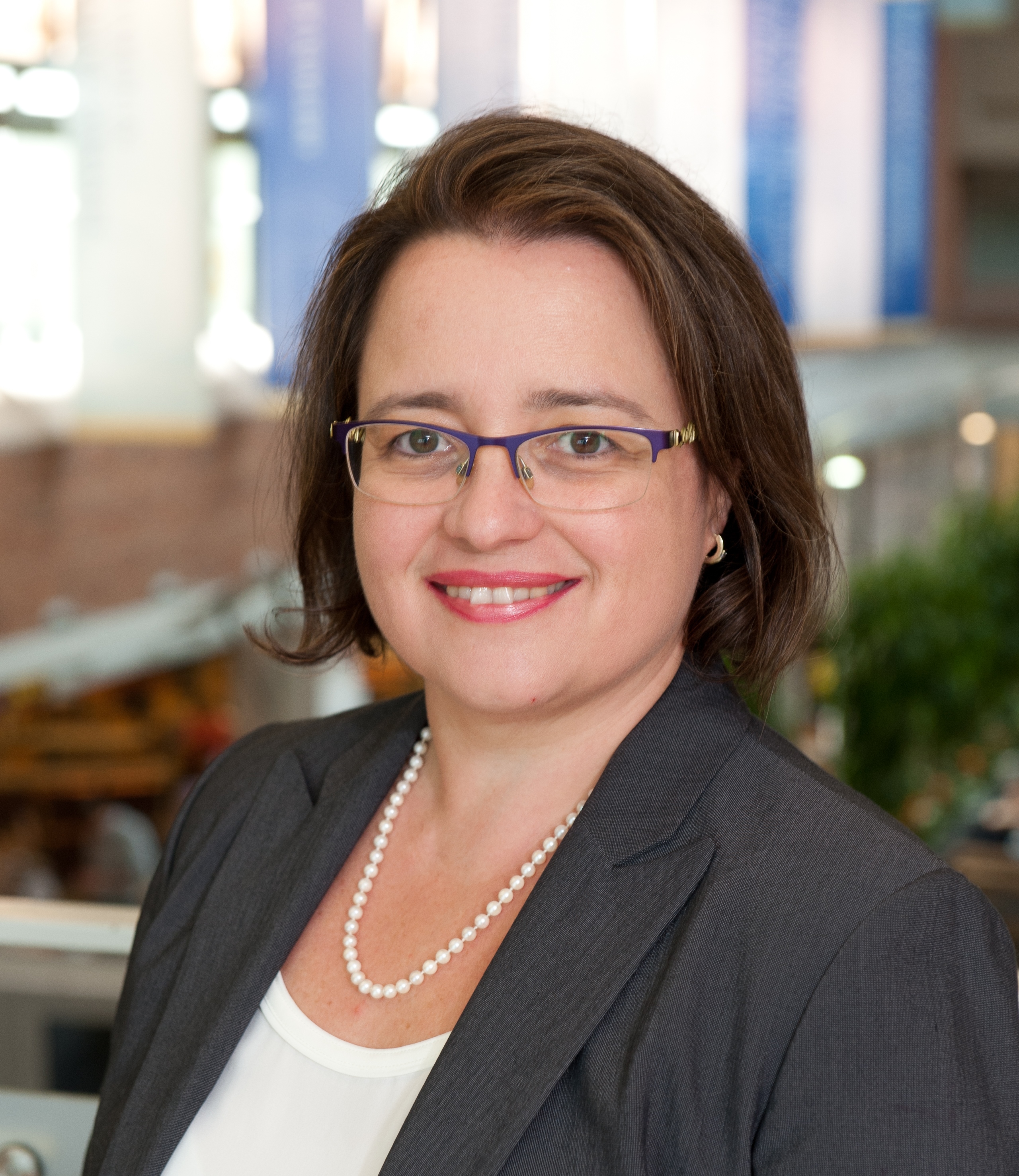 It is an honor to be selected as a recipient of a 2020 ASRA Trailblazer Award which recognizes the achievements of women in ASRA and our contributions to the fields of regional anesthesia and pain medicine.
It is an honor to be selected as a recipient of a 2020 ASRA Trailblazer Award which recognizes the achievements of women in ASRA and our contributions to the fields of regional anesthesia and pain medicine.
I have been an ASRA member since my residency years, back in 2002. From the beginning, I always looked forward to the ASRA annual spring meeting as a source of knowledge, exchange of ideas, opportunity to network, and most of all a source of inspiration to innovate and advance the practice of regional anesthesia and pain medicine. I was mostly inspired by the passion and critical approach of great mentors and teachers who came before me such as Denise Wedel, Joe Neal, Terese Horlocker, Vincent Chan, Kumar Bouvanendran, Eugene Viscusi, and many others. Since my residency years, I felt welcomed and “at home” in ASRA, where the exchange of differing, sometimes opposing ideas on the issues of the day was not only accepted, but embraced and encouraged as the necessary fuel for growth and discovery. For these reasons, ASRA was a natural ground for the presentation and development of our work in ultrasound-guided regional anesthesia, which started in Toronto in 2001 as a resident project under the supervision of my mentor Vincent Chan and soon became the accepted paradigm of practice through the work and contributions of many throughout the world.
The opportunities for growth and learning within ASRA have been numerous. I have been fortunate to participate in multiple capacities, from being faculty at the annual meetings, several committee memberships, and contributing as an editorial board member. More recently, I had the opportunity of being the Scientific Program Chair for the 2016 Annual Spring meeting. I contributed to spearheading the initiatives on PoCUS, served as a member of the board of directors, and am currently serving as an executive editor of the journal Regional Anesthesia and Pain Medicine. In all these years and through all these activities, my respect and admiration for the society has only intensified. ASRA is today a diverse, vibrant, and dynamic society of over 5,000 members with a high proportion of young professionals and trainees. It is the largest sub-specialty anesthesiology society in North America and is well-recognized as a source of unbiased, evidence-based practice guidelines and recommendations as well as a reputable source of peer-reviewed research funding.
I am therefore privileged to have been selected to receive this award, as I feel I have received more than I have given to this society. I thank you all deeply for this distinction, and I hope to continue to contribute in the future.
Gina Votta-Velis, MD
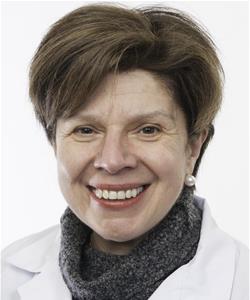 It is with sincere gratitude that I accept the distinguished Trailblazer Award bestowed upon me by ASRA.
It is with sincere gratitude that I accept the distinguished Trailblazer Award bestowed upon me by ASRA.
It is a true privilege to be recognized alongside my esteemed colleagues, Drs. Anitescu, Chin, Concepcion, Enneking, Horlocker, Perlas, and Wedel! All these women are pioneers in our field and are leading by example to inspire the younger generations of women in our specialty to pursue their dreams.
I would like to thank all the members of the Trailblazer Award committee wholeheartedly for honoring me as one of the recipients!
I would like to thank the President of our society, Dr. Eugene Viscusi, for his insightful and very thoughtful initiative in instituting the Trailblazer Award for the year 2020.
I take the opportunity to thank my exemplary mentors, collaborators, colleagues, members of my team, and my trainees throughout my career for their unreserved support and guidance!
I would like to acknowledge Drs. A. Borgeat, S. Memtsoudis, C. Laurito, R. Rosenquist, E. Benedetti, Mrs. Mary Hargett, and last but not least, my department head Dr. D. Schwartz for their continued sponsorship.
A big Thank You to my family, for they have been my cheerleaders throughout all the years!
The ASRA board of directors under Dr. Viscusi’s leadership is spearheading enthusiastically and effectively the efforts of our organization to continue to be inclusive. I have been very fortunate to be part of a society that empowers and provides opportunity for its members - irrespectively of their gender- to develop their talents and interests through various platforms and, most importantly, recognizes and rewards them for their contributions.
As there is a surge of female physicians in our specialty who are assuming active roles in its advancement, it is expected that they will soon be represented extensively in the leadership with the robust support of ASRA!!
I humbly and proudly accept this award in the name of all my female colleagues in our field who, through the integrity of their work, their compassion and dedication for our patients, their innovative and inclusive approaches, and their selfless service, not only honor the values of our society but are inspiring a bright future for our field!
Denise Wedel, MD
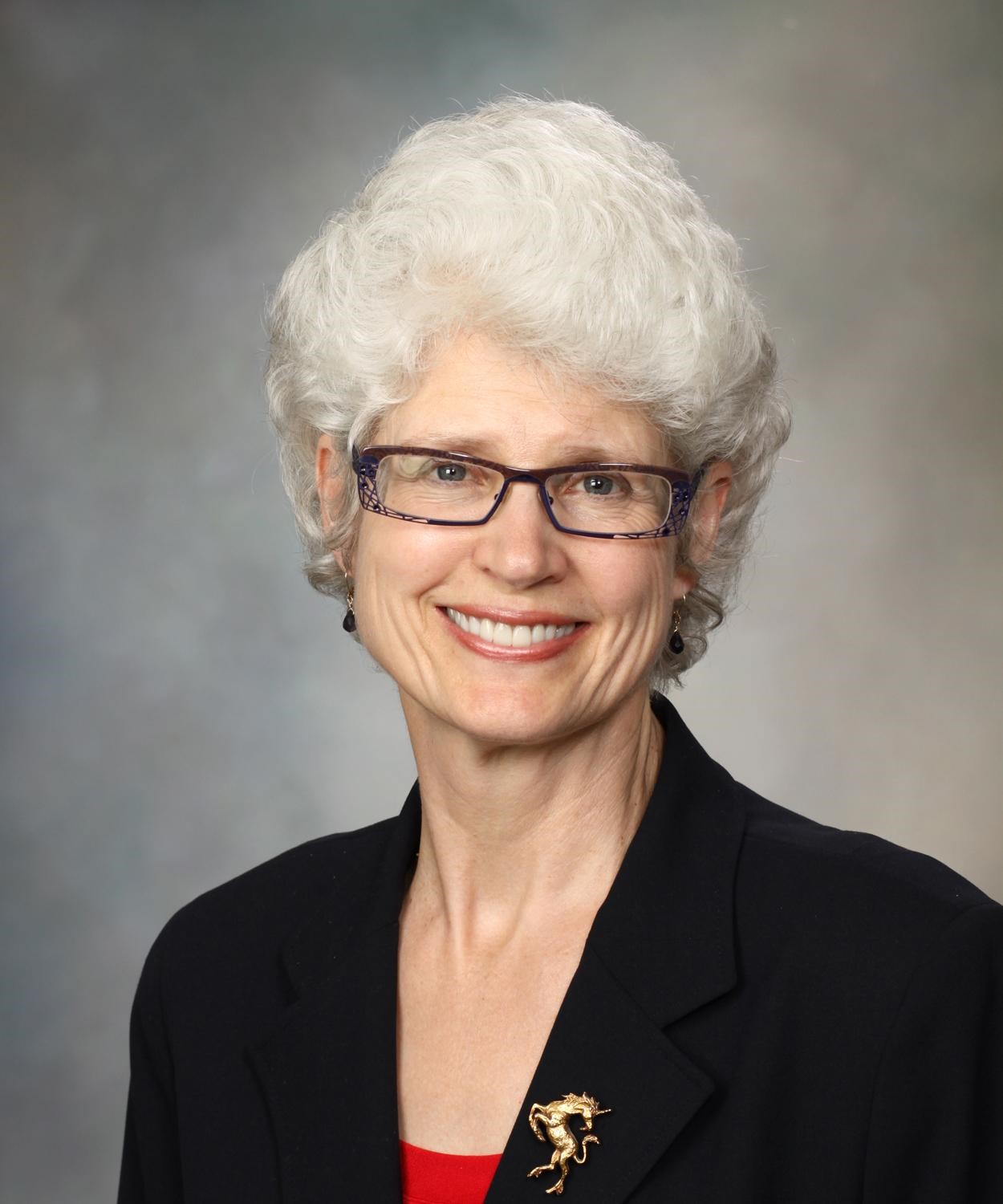 I am honored to be selected to receive a 2020 ASRA Trailblazer Award, recognizing the achievements and contributions of female regional anesthesiologists to ASRA and to the fields of regional anesthesia, obstetrics, and pain medicine.
I am honored to be selected to receive a 2020 ASRA Trailblazer Award, recognizing the achievements and contributions of female regional anesthesiologists to ASRA and to the fields of regional anesthesia, obstetrics, and pain medicine.
I joined ASRA in 1981 while I was a fellow in regional anesthesia at Virginia Mason Clinic, home of legendary regional experts including Mani Batra, Gale Thompson, Don Bridenbaugh, Mike Mulroy, and (perhaps best known) the impassioned and often pugnacious Dan Moore. I presented my first abstract, a case report, at the ASRA meeting the following spring (this was long before there were two separate meetings) and never missed a meeting for the next 25 years. I enjoyed the annual ASRA meeting: the vigorous debates that frequently erupted between luminaries who were certain of their opinions, the social activities which allowed me to interact with these same luminaries, and the exploration of new ideas to be taken back to my own practice at the Mayo Clinic in Rochester, MN. These ideas inspired research that resulted in manuscripts and academic advancement, but more importantly I developed ties with other regional specialists and groups, and I was privileged to work with Therese Horlocker, my second regional fellow and one of the best critical thinkers I have ever encountered. With Tere’s amazing work enhancing my own productivity, I was able to stay active in every important aspect of ASRA’s activities: education, research, and society administration.
In the late 1980s, I became the first female ASRA board member. At that time, the board was comprised of all living “Founding Fathers” and internally elected ASRA members who were felt to be most likely to contribute to the administration and enhancement of the society. My time on the ASRA board was rewarding, educational, and often tumultuous. It was not easy being the “female representative,” and I experienced many of the same slights and problems that are described by most women who were successful during that time period. But most board members were supportive and ultimately helped me bring forward other talented young people, including more women, many of whom are receiving this award.
ASRA was expanding rapidly, and its presence as an important unifying voice for regional anesthesia was intuitive. But interest in pain management was rapidly growing, and the ASRA Board had a prescient vision of the importance of representing this area, as well as obstetrics. As a result, many positive changes were implemented: a second meeting in the fall with a focus on pain management; an education committee that served as a “think tank” and helped direct the content of meetings; leadership in the management of complications and coexisting medication issues, which increased as regional and pain practices exploded in scope around the world: e.g. spinal microcatheters, epidural hematomas, and neuraxial infections; and perhaps most importantly, the inclusion of innovative programs to include trainees and young academics into the ASRA “genomic.” I was honored to be part of those important decisions, and I hope I had a part in inspiring many others who became my friends and colleagues. At my institution, I am honored to have had a small part in helping my colleagues develop their interest in this organization: Tere Horlocker (who quickly outstripped me and became a driving force in ASRA), Jim Hebl, Sandy Kopp, and many others. I am proud of the legacy we have developed at Mayo in this area.
My role in ASRA helped shape my career; my contributions to the board prepared me for further contributions, including my appointment as Section Editor for Regional Anesthesia for A&A and my subsequent election to the Board of IARS, where I also served as Chair. I retired from active practice in the summer of 2019, so I truly appreciate this award which honors my past contributions. I hope ASRA will always nurture its future and honor its past – this is the mark of a truly successful organization. Thank you.